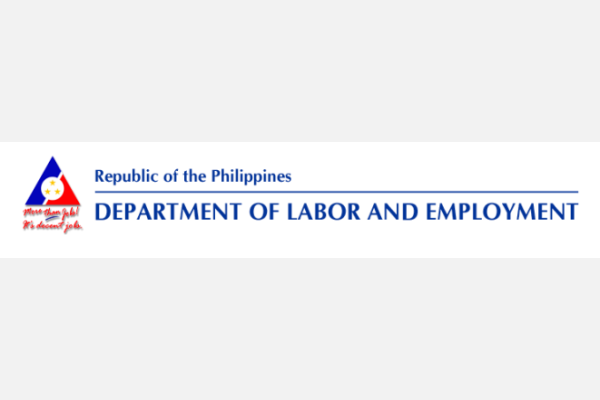
Dates:
Type of practice:
Summary
The early stages of the COVID-19 pandemic posed several challenges to many governments. As a country of origin, the Philippines was among those severely affected – with many of its migrants finding themselves stranded on land and sea all over the world. This has prompted the Philippine government to respond to the unprecedented mass return of millions of overseas Filipinos.
Efforts to ensure the safety of its nationals back to the country can be summarized into 5Rs: Relief, Repatriation, Recovery, Return and Reintegration. This framework was established while assisting affected Filipino migrants in all stages of the migration process amidst the pandemic.
Relief. As the government’s representatives abroad, the Philippine Foreign Service Posts were tasked to provide assistance to distressed overseas Filipinos through financial and welfare assistance, temporary shelter, and eventual repatriation.
Repatriation. The pandemic enabled governments to conduct repatriation of their nationals under the lens of public health consciousness. The Philippines facilitated repatriation flights to bring home its land-based and sea-based nationals, including accommodating medical repatriation and other special concerns.
Recovery. The Philippine government ensured that there were enough public quarantine facilities, COVID-19 testing and other mandatory health protocols that repatriates could avail upon arrival. The government also stressed the critical role of economic recovery by easing border control during the pandemic.
Return. Given the archipelagic nature of the Philippines, the government assists in transporting returning overseas Filipino workers from the airport back to their home provinces and cities.
Reintegration. As returning migrants reintegrate back into society, current initiatives were made to prepare them as they await deployment whether locally or abroad. These include loan programs to provide working capital for start-ups, scholarship programs for re-skilling or up-skilling, and financial literacy trainings.
Collaborators
Main Implementer:
Other Organizations:
Partners:
Benefit and Impact
Repatriation. Since the start of the pandemic in 2020, the Philippine government brought home 3,232,708 (as of 28 May 2022). Most of the repatriates come from the Middle East where there are large concentrations of overseas Filipino workers such as in Saudi Arabia and the UAE. As of 31 May 2022, the DFA alone facilitated the repatriation of 460,383 Filipinos composed of 354,382 land-based workers and 106,001 sea-based workers, and has mounted 113 chartered flights bringing home 31,130 repatriates mostly from the Middle East.
Recovery. For the general public’s safety, every returning Filipino is required to undergo mandatory COVID-19 testing and strict facility-based quarantine. Flexible inbound passenger cap for commercial airlines going to the Philippines was also instituted. This is to develop more capacity to provide quarantine support to all incoming passengers. The government also established a “green lane” policy to allow crew change of seafarers, noting that seafarers are essential workers and shipment of good should remain unhampered.
Return. The Philippine government arranged and paid for the domestic flights of returning overseas Filipino workers after they tested negative for COVID-19. Prior coordination is made with local governments to alert them of the arrival and reintegration to the local communities of the repatriated Filipinos.
Reintegration. Programs for reintegration provide returning Filipino workers the necessary skillset and maintain their capacities as they find their next employment. With the pandemic still in place, the government also makes sure that its migrants are assured of safe and regular pathways for migration. There is the fast and efficient roll out of its vaccination programs and the issuance of the WHO-agreed vaccine certificate. This is a way to facilitate mobility which has been among the most affected by the pandemic.
Key Lessons
Most importantly, the COVID-19 pandemic changed the focus of governments, particularly countries of origin, in the migration cycle which ordinarily starts with the pre-departure phase. It required the Philippines and the rest of the world to focus its attention on the repatriation, return, and reintegration aspects of migration. For a developing country where migrants’ remittances account for 9.3% of GDP, the large-scale repatriation of migrant workers had adverse impacts on the Philippine economy. This measure is costly and not easy to implement, but is necessary to get the Filipino people to safety and to get them back home.
Recommendations(if the practice is to be replicated)
Finally, it is worthy to highlight the crucial role of international assistance and cooperation during this pandemic. The Philippines appreciates the assistance of countries of destination in allowing the entry of Philippine sweeper and mercy flights into their borders. Many migrant-related services can be made effective and inclusive with international collaborations and partnerships.